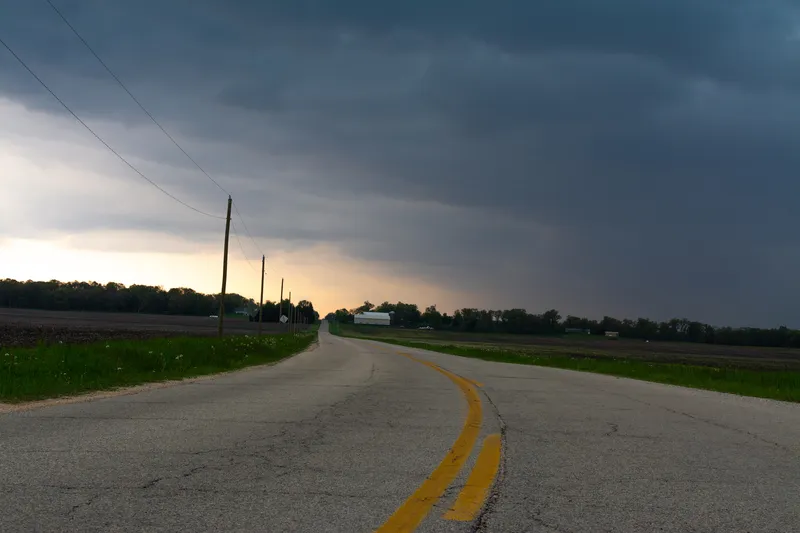An analysis of the 2013 National Bridge Inventory database released this month by the US Department of Transportation (USDOT) shows cars, trucks and school buses cross Illinois's 2,275 structurally compromised bridges 13,000,000 times every day. The ARTBA analysis of the bridge data supplied by the states to the USDOT found: Illinois ranks ninth nationally in its number of structurally deficient bridges, and 28th in the percentage of its bridges that are classified as structurally deficient, at nine per cen
April 25, 2014
Read time: 2 mins
An analysis of the 2013 National Bridge Inventory database released this month by the US Department of Transportation (USDOT) shows cars, trucks and school buses CROSS Illinois's 2,275 structurally compromised bridges 13,000,000 times every day.
The ARTBA analysis of the bridge data supplied by the states to the USDOT found: Illinois ranks ninth nationally in its number of structurally deficient bridges, and 28th in the percentage of its bridges that are classified as structurally deficient, at nine per cent.
The problem could get a lot worse, the chief economist for the5565 American Road & Transportation Builders Association (ARTBA) says, as states across the nation face a slowdown in reimbursements for already approved federal-aid highway projects in August. Without congressional action, Dr Alison Premo Black says there will be no Highway Trust Fund support for any new road, bridge, or public transportation projects in any state during the 2015 financial year, which begins on 1 October.
"Letting the Highway Trust Fund investment dry up would have a devastating impact on bridge repairs," Black says, noting the trust fund supports an average US$51.1 million annually in Idaho bridge work. "It would set back bridge improvements for years."
"The bridge problem sits squarely on the backs of our elected officials," Black says. "The state transportation department can't just wave a magic wand and make the problem go away. It takes committed investment by our legislators. Members of Congress need to come to grips with that. Some of our most heavily travelled bridges were built in the 1930s. Most are more than 40 years old."
Bridge decks and support structures are regularly inspected by the state transportation departments for deterioration and are rated on a scale of zero to nine—nine being "excellent" condition. A bridge is classified as structurally deficient and in need of repair if its overall rating is four or below.
The ARTBA analysis of the bridge data supplied by the states to the USDOT found: Illinois ranks ninth nationally in its number of structurally deficient bridges, and 28th in the percentage of its bridges that are classified as structurally deficient, at nine per cent.
The problem could get a lot worse, the chief economist for the
"Letting the Highway Trust Fund investment dry up would have a devastating impact on bridge repairs," Black says, noting the trust fund supports an average US$51.1 million annually in Idaho bridge work. "It would set back bridge improvements for years."
"The bridge problem sits squarely on the backs of our elected officials," Black says. "The state transportation department can't just wave a magic wand and make the problem go away. It takes committed investment by our legislators. Members of Congress need to come to grips with that. Some of our most heavily travelled bridges were built in the 1930s. Most are more than 40 years old."
Bridge decks and support structures are regularly inspected by the state transportation departments for deterioration and are rated on a scale of zero to nine—nine being "excellent" condition. A bridge is classified as structurally deficient and in need of repair if its overall rating is four or below.









